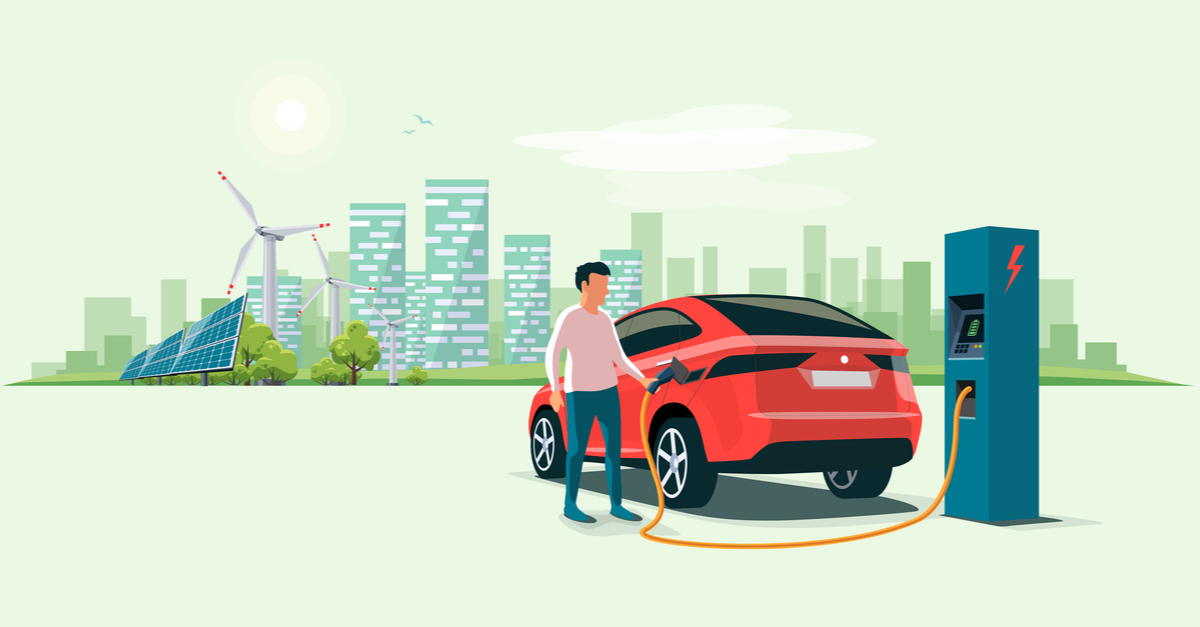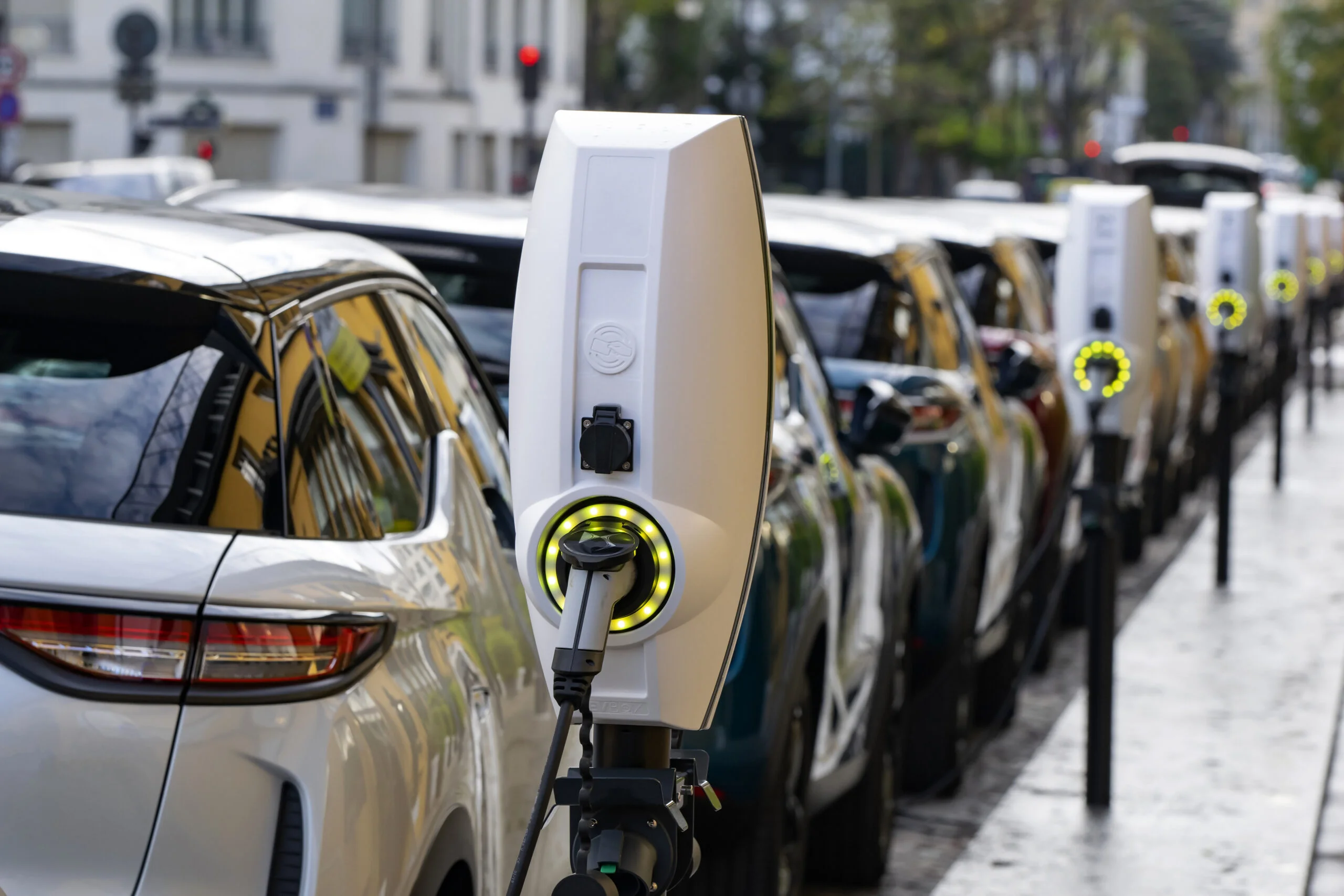How Can Utilities Get the Biggest Bang for their EV Charging Bucks?

Utilities continue to (rightfully) focus their innovation and business development efforts (and dollars) on Electric Vehicles (EVs). As the number of EVs increases, how can utilities ensure those dollars are used the most efficiently and effectively? Two factors are key to maximizing value: (1) the electrification of high-use vehicles such as taxis, delivery trucks, and buses, and (2) managing EV charging during times of high renewable generation and relatively low demand.
So what’s wrong with the current situation? Let’s focus first on the volume of electrified miles. Because private cars and trucks spend 95% of their time parked, they are limiting the volume of miles actually electrified. However, if high-use vehicles such as fleets of shared or autonomous vehicles (taxis, delivery trucks, buses, and corporate fleets) were electrified, they could increase the share of electrified miles in some U.S. cities to 35% by 2030 (compared to the less than 10% currently). This ensures that there will be efficient electricity use and effective decarbonization as the number of EVs increases.
When it comes to EV charging existing private vehicles, many people choose to charge their EVs during peak demand times, such as weekday evenings after returning home from work, leading to grid instability and increasing the potential for grid failure.
However, there is an easy solution for this. Another Bain & Co report titled “Soak Up the Sun: Can Electric Vehicles Help Balance Electricity Loads?” discusses how EV charging at the right times (when solar and wind are most productive, in the middle of the night, etc.) could capture the surplus energy generated by renewables while promoting a more efficient grid. 
Source: Bain & Co Report
The challenge will be for utilities to incentivize fleet and individual owners to charge at these optimal times. Utilities can offer an app that allows customers to see exactly how much money they can save by charging at off-peak hours, or schedule optimal EV charging events directly through residential and commercial smart EV chargers using a distributed energy resource management system (DERMS). Regardless of how this is accomplished, incentivizing the adoption of EV fleets and proper charging times is essential to guarantee a reliable and renewable grid.





